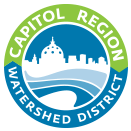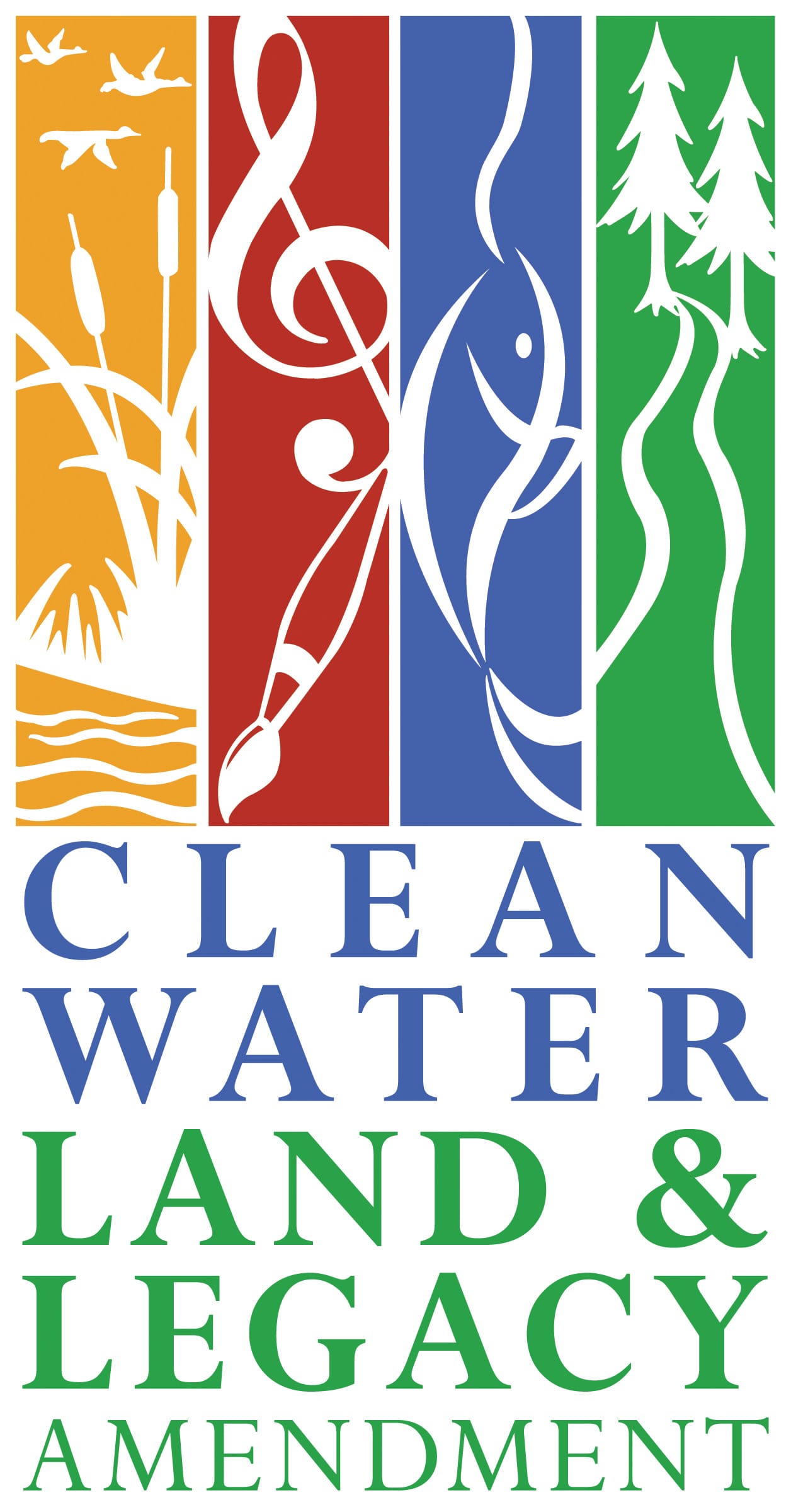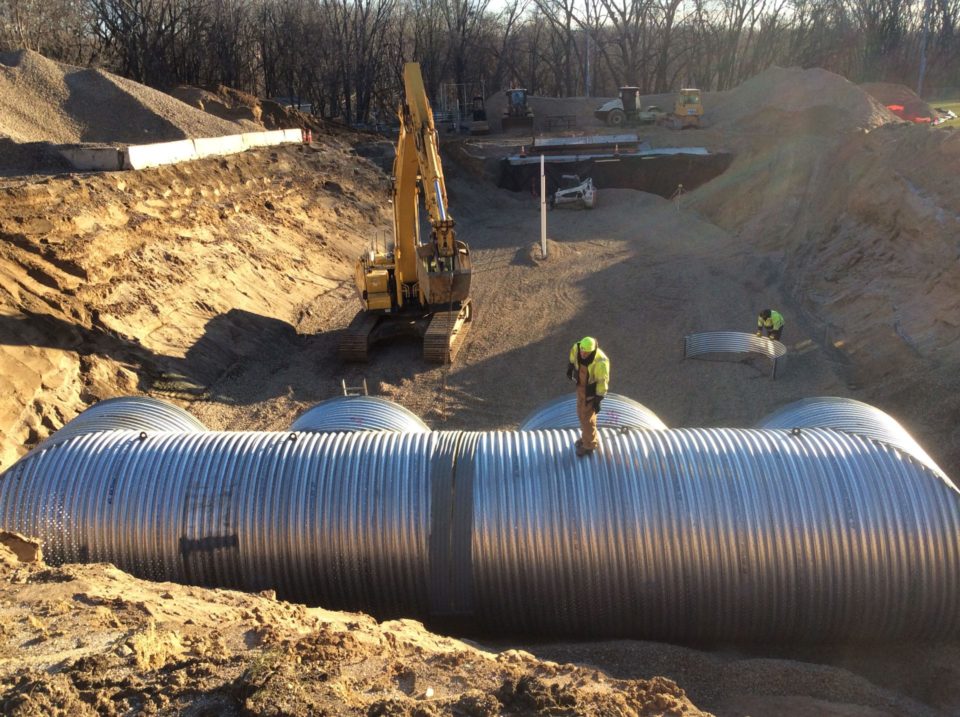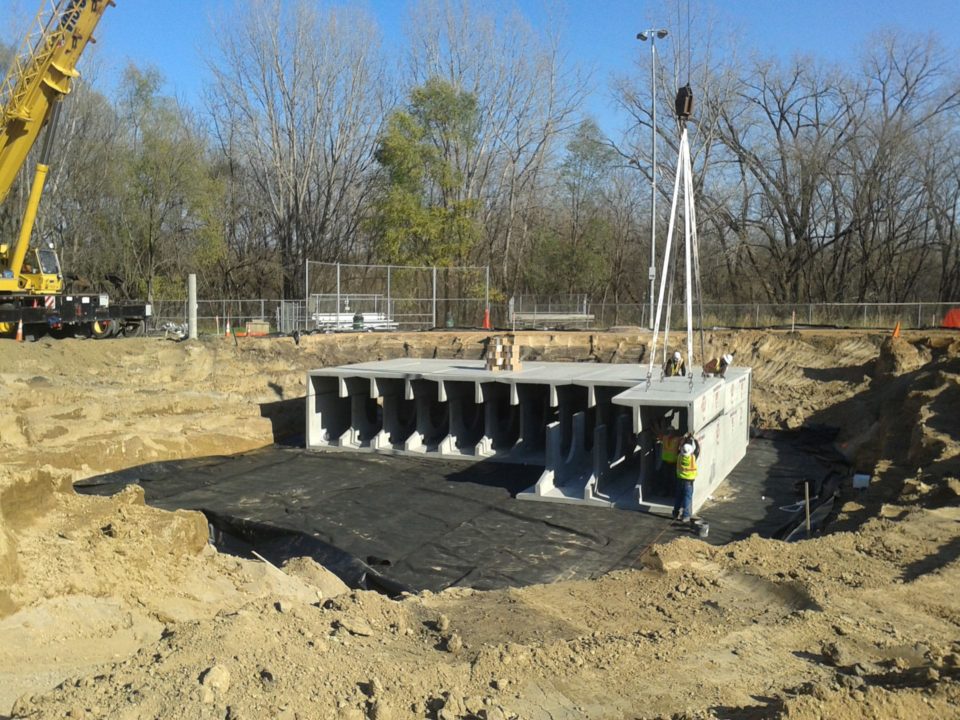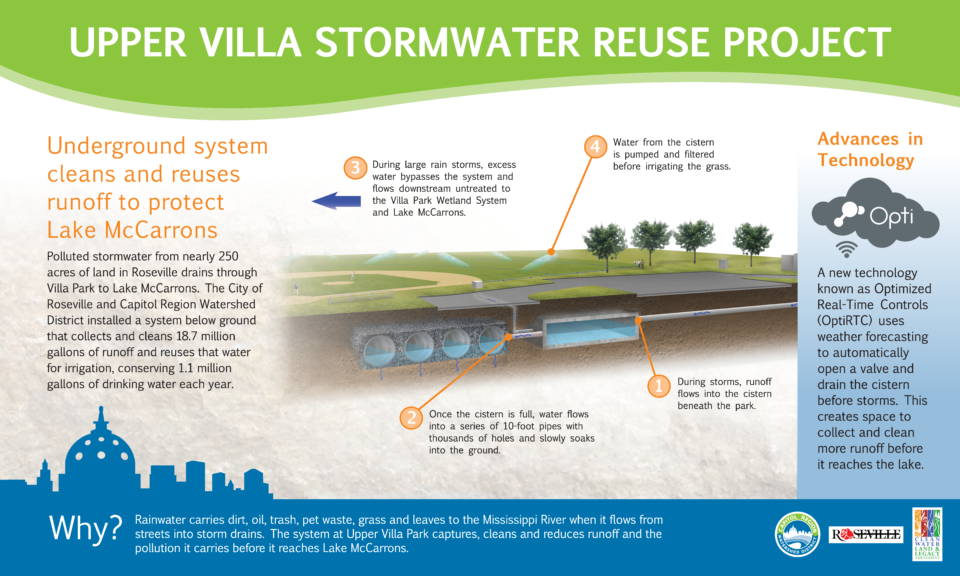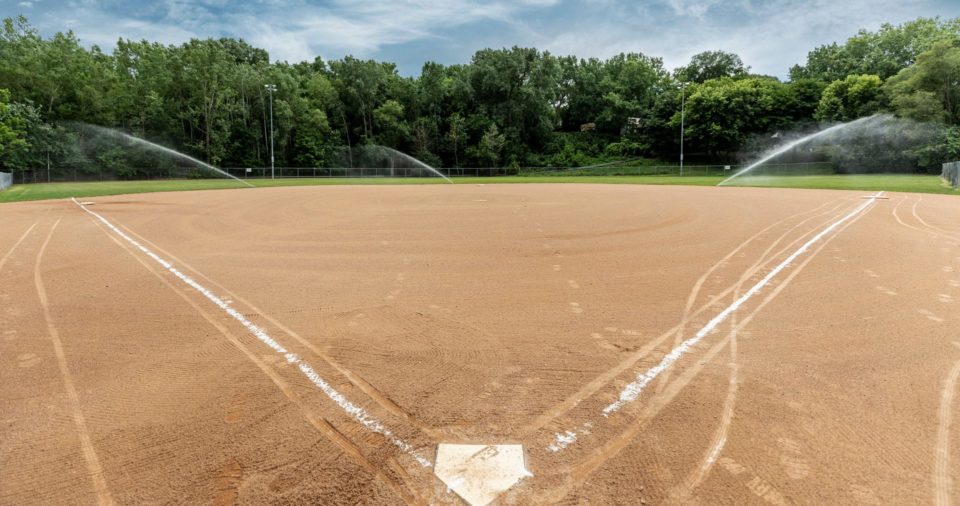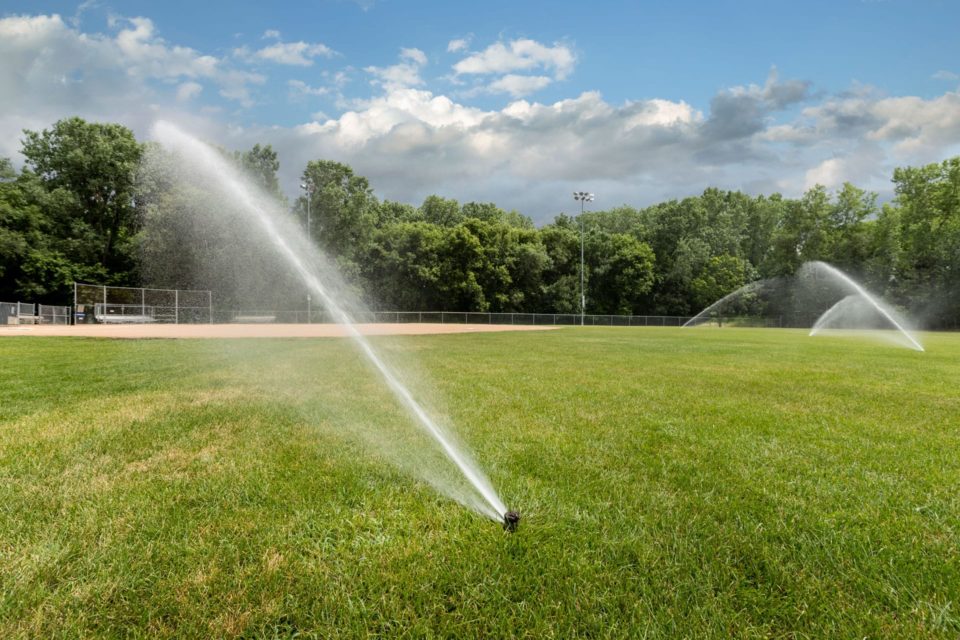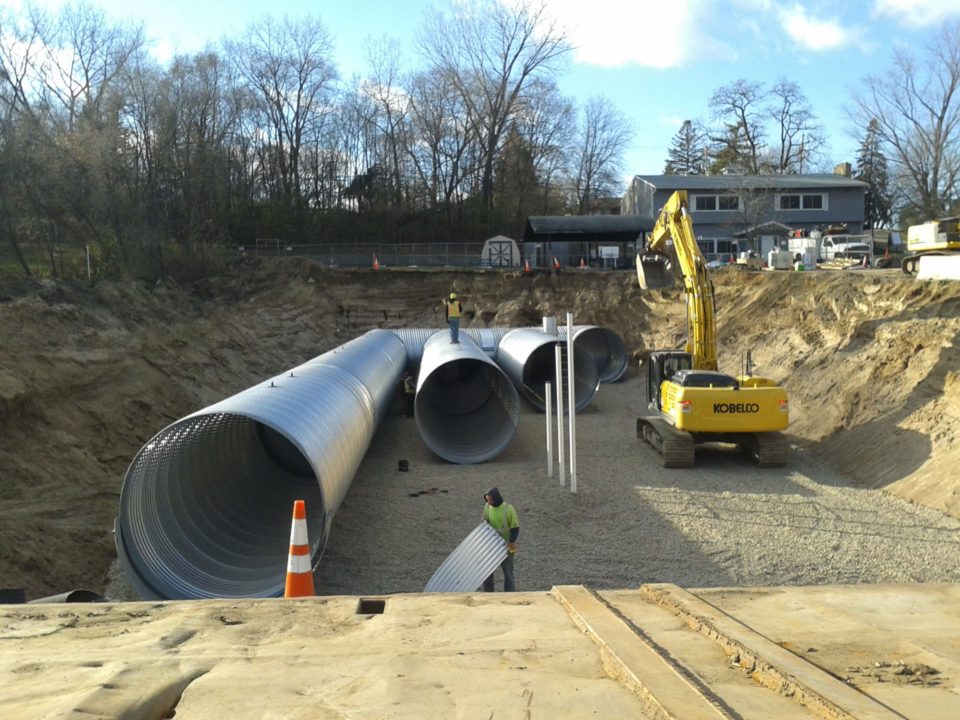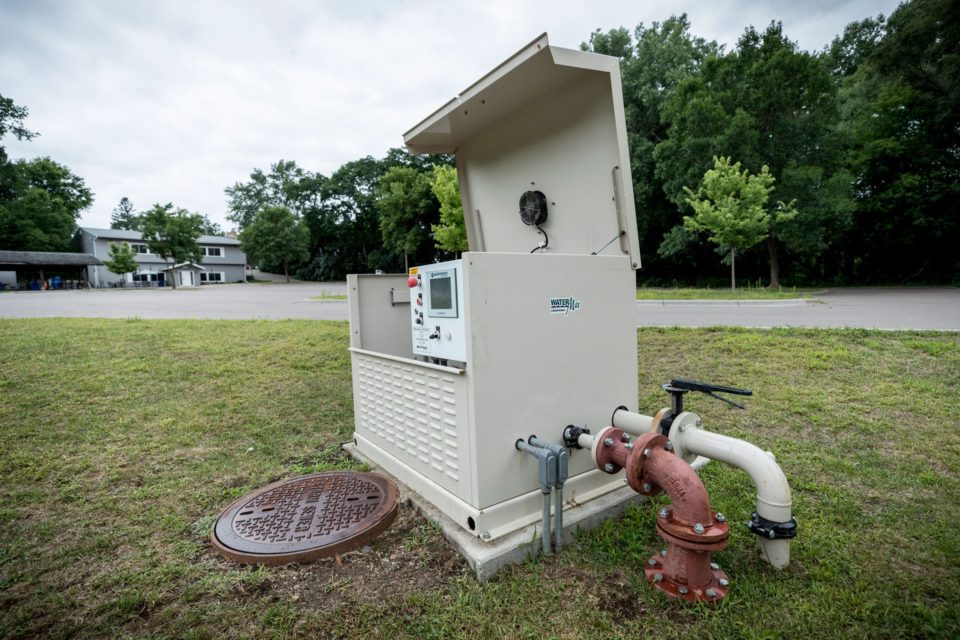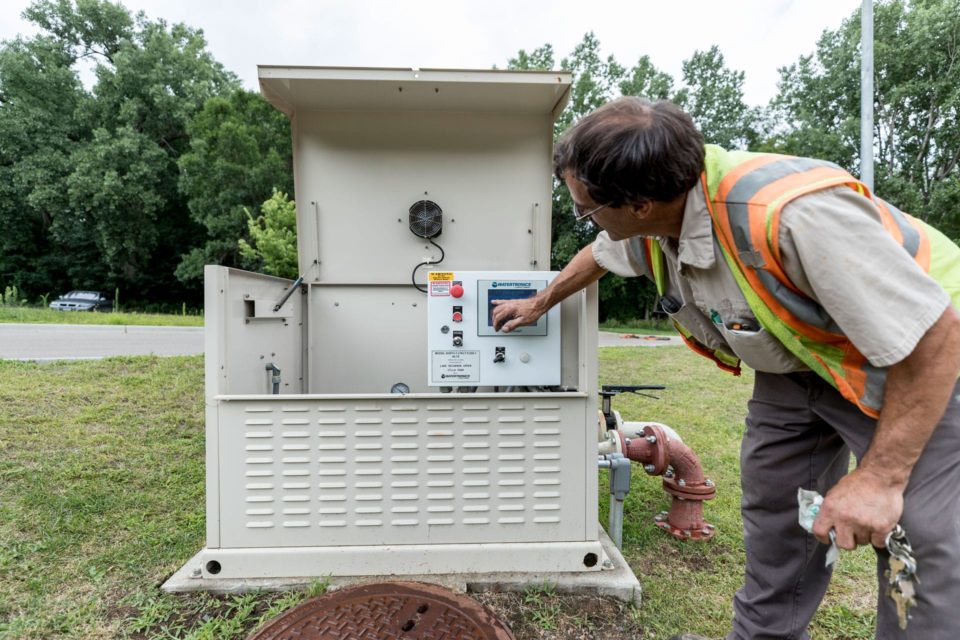Improving Lake Quality in Roseville
In 2012, CRWD began work with the City of Roseville to identify projects to improve the health of Lake McCarrons, one of the highest-quality recreational lakes in the Twin Cities Metro Area. Project funding was provided by a $275,000 Clean Water Partnership grant from the Minnesota Pollution Control Agency, a $360,000 Clean Water Fund grant from the Board of Water and Soil Resources, CRWD and the City of Roseville.
